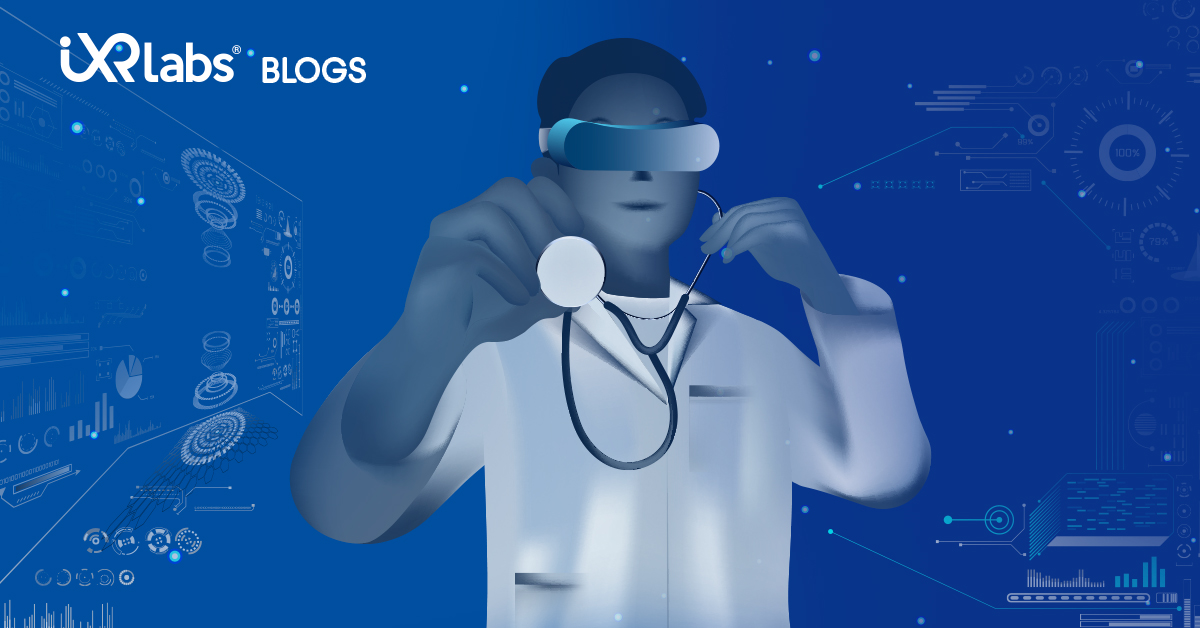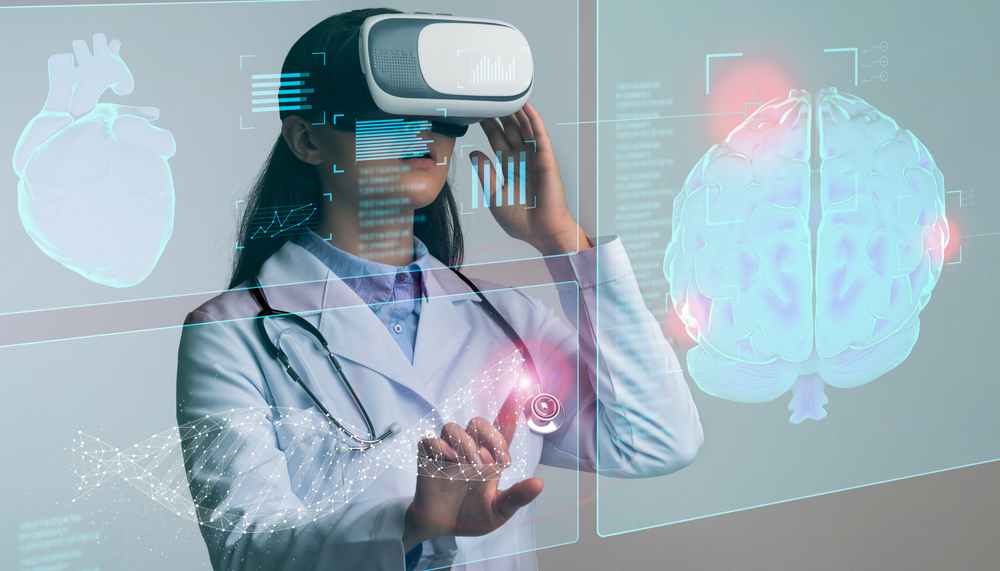How Medical Education Standards are Transformed by Virtual Reality Education?

Virtual reality education is gaining importance in various domains. With its impeccable features, Virtual reality education is able to provide immersive learning experiences, particularly in the medical field. Medical education involves training and preparing students to become physicians, nurses, or other healthcare providers. It typically consists of both classroom training and clinical experience.
However, the traditional way of learning in this field seems to be lacking in providing a better relevant learning experience. That is why contemporary medical education makes use of various advanced tools and technologies like Virtual reality. But, how it is helpful for educating students in the medical field.
In this blog, you will read about the revolution created in medical education by the introduction of virtual reality education.
VR for medical education
What do you think? Would students like to read about the brain or actually see through the brain and tissues of the human body? An immersive way of education that makes students take actively participation in learning is a great way to make them understand concepts and nurture them holistically.
And, this is what virtual reality can do!
Virtual reality education in the medical sector can revolutionize how medical students learn and interact with medical information. Here are some benefits of using VR in medical education:
Immersive learning experiences
Virtual reality allows students to experience and interact with medical scenarios in a comprehensive simulated environment. It provides a more immersive and engaging learning experience where students can learn about complex and lengthy concepts in an interesting way.
Hands-on training
Medical education has equal importance for both theoretical and practical knowledge. None of them can be avoided. VR technology allows students to practice procedures and surgeries in a safe, simulated environment. In addition, it allows them to build practical skills before working with real patients.
Enhanced visualization
VR technology enables students to visualize anatomy, physiology, and pathologies in a way that is difficult to achieve through traditional methods such as text-based or 2D imaging learning. It enhances students’ ability to comprehend concepts in a better way,
Improved accessibility
VR education can make medical training more accessible. This is particularly true for students learning in remote methods. Or, even it is a great way to have VR to train students with disabilities who might have difficulty accessing traditional educational resources.
There are many universities or centers across the globe making use of virtual reality in medical education and training. Let us talk about them.
Use cases: virtual reality and the transformation of medical education
Virtual reality is increasingly being used in the medical sector to enhance the learning experience of medical students and healthcare professionals.
The following are some examples of the use of VR in medical education:
Real-life scenarios
Virtual reality and augmented reality are two potential technologies used in medical training. They are used to help medical students and healthcare professionals build mastery through real-life scenarios, preparing them to solve problems and save lives.
Children’s Hospital Los Angeles (CHLA) in collaboration with certain VR medical training companies made use of AR and VR to train students in the neurosurgical anatomy lab. The VR experience allows a fully immersive environment in which students get to interact with realistic scenarios in VR. After this experience, students get a chance to treat real patients. Virtual reality setup helps students in warming up for dissection and other procedures.
The virtual reality simulation center at Stanford Medicine
Stanford Medicine houses a neurosurgical simulation and virtual reality center. Virtual reality is used to create 3D images of various anatomical models. Surgeons can see through the brain without opening the skull. It helps give them a better perspective of surgery virtually. It helps surgeons plan the surgery realistically. Moreover, they use VR to train medical students. Students can learn about arteries, vascular malformation, etc., in an immersive and virtual way.

Patient distraction using VR for medical
VR has been very effective in treating trauma and anxiety. It can act as a distractor for patients, relieving pain and discomfort during medical procedures. One of the examples is-Anxiety RelieVR. It was developed for Samsung Gear VR devices by applying VR to help patients overcome anxiety. (Link)
Role of iXRLabs in offering virtual reality-based medical education
Medical education requires extensive theory and practical education. When VR is incorporated, it can offer an immersive and engaging education model for medical students. iXRLabs is one of the pioneers offering such a great educational tool for medical, science, and engineering education.
Bottom line
Medical training and education have immense value and will always have the same. It is important for you, educators to nourish students with as much advanced education as possible.
It involves introducing and familiarizing them with technologies that they will use in the future.
So, are you looking for a VR-based solution for your college or institute? Let us connect!




